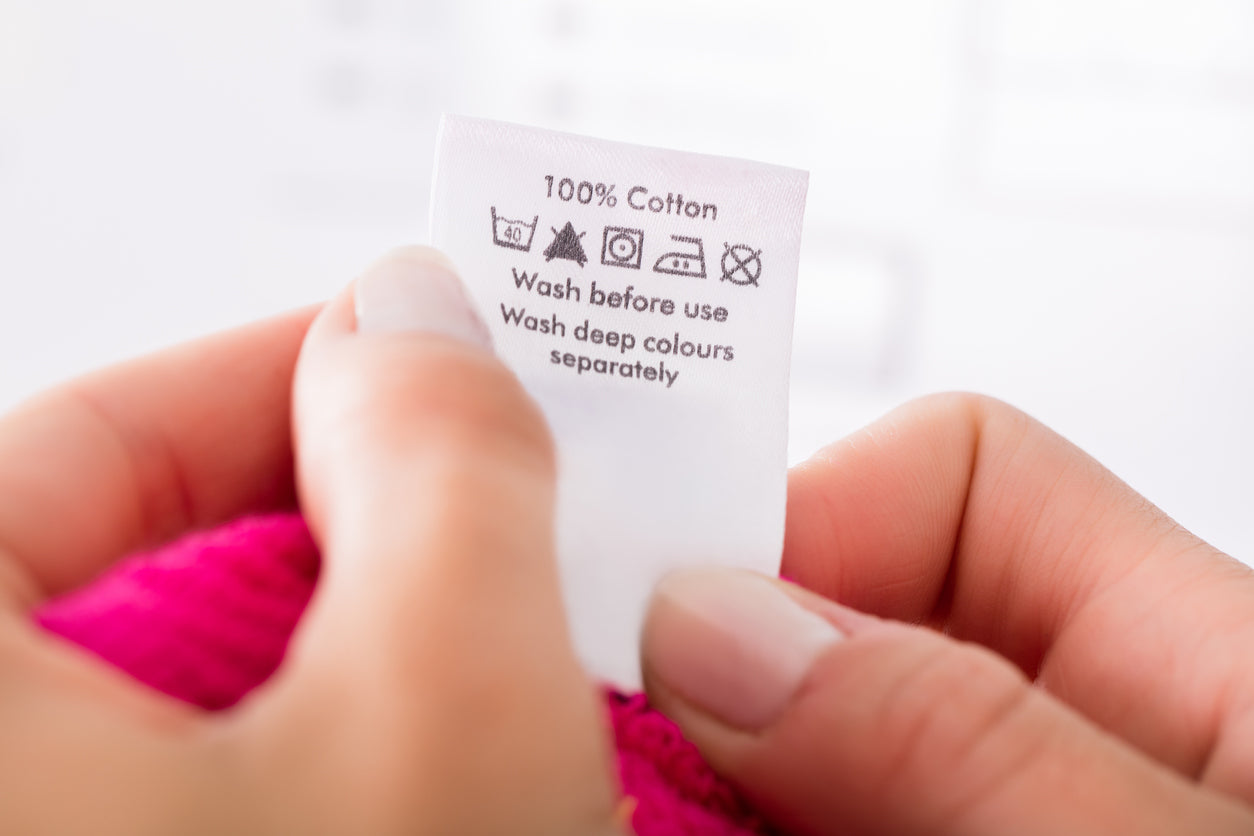Why Taking Better Care of Our Clothes Makes Absolute Sense
With the cost of living continuing to sky rocket, filling up our cars and commuting to our place of work, doing the weekly grocery shop and paying for our basic utility bills is placing greater strain than ever on our finances.
Whilst being more careful about what we buy and reigning in our spending habits is a no brainer, with the very real spectre of a recession looming this Autumn, are there other things we can do to curb our spending and take better care of the things we've already got?

We’ve written before about how to develop more of a ‘make do and mend’ mentality and we’ve also talked about getting into the habit of buying once and buying well, but what are some of the practical things we can do to pinch back the pennies here and there?
Of course not everyone has the luxury of being able to afford to buy well. We’re not making sweeping statements to condemn any one type of consumer, but if some of us really thought about it, or looked more closely (and objectively) at our spending on clothing in a year, we’d probably find that we could cut back on our spending.
There are always going to be items of clothes that are more prone to wear and tear, knickers and socks for example. I’ve lost count of the number of pairs of knickers I’ve had that have lost their shape due to elastic fraying and lacey bits developing unfathomable holes.
Then of course there’s things like socks, which routinely disappear for no good reason in homes all over the world. It’s a true mystery, and when I manage to keep a pair of socks together for long enough that they begin to get worn and threadbare, I actually feel a sense of pride, like I’ve managed to achieve something good – I mean that’s weird, but little wins right?
You’ll tend to find that items of clothing that need washing frequently will suffer the most as repeated washing weakens the fibres in the fabric and of course, over time, colours begin to lose their vibrancy too.
White’s become grey – and despite washing whites together and using things in the washing machine that promise to prolong the life of white clothing or revive their whiteness, the first time I wash anything white, It seems to immediately emerge slightly greyer looking.

Tips to help us all take better care of our clothing
Read laundry labels
It might be a drag, and we’ve all got better things to do, but paying attention to the washing instructions on the label of garments means you’ll be aware of the best way to wash, dry and care for your clothes, so you’ll be able to treat them accordingly.
These instructions aren’t just there to make our lives more difficult and to make doing the laundry even more tedious, they’re there to help you keep your clothing looking good for longer, so take heed.
Special care for technical gear
If you have any technical outdoor or sports gear, ensure you care for them in a way that will prolong its life. For example, waterproof walking trousers will need re-proofing every so often which can be easily done with a spray or in-washer solution.
Instead of getting rid of waterproof clothing that’s started letting water in, re-proofing will give clothes a new lease of life, allowing you to keep on wearing them.
Similarly items like neoprene wetsuits should be treated with care, from how they are rinsed and dried to how they are stored. Following the manufacturers care instructions will help prolong the life of the item.
Mend small holes and tears
It’s old school for sure, but it’s effective! Our grannies wouldn’t have dreamed of throwing away an item of clothing that had a small rip at the seam or a small hole, and we’d do well to adopt more of a mentality of mending what we’ve already invested in, instead of viewing it as an excuse to go and buy something new.
I’m the first to admit that when something goes a bit bobbly or a seam comes undone, my first reaction is to jump online and replace it. The thrill of new stuff seems to temporarily over shadow my logic, and I’m willing to bet I’m not alone. With most of us are trying hard to save money though, before we replace, we should always consider whether it can be repaired first.
A simple needle and thread, funky patches, fabric dye or a clothes de-piling tool can all help to prolong the life of clothes we’ve already got.
Take preventative measures
After familiarising yourself with the care instructions on your clothing, your next task is to ensure you take all the possible steps to look after your clothes, including using the right washing powder or liquid, fabric softener and washing dark and light clothes together as well as ensuring items that tend to shed a lot like bath towels, are washed together separately.
Try to avoid drying clothing in the tumble dryer if you can as high heat applied repeatedly can damage some fibres, so line drying is best, particularly when it comes to looking after denim jeans. Read about how to repair rips in denim jeans here.
You can also use products like Holé button covers that can help protect your tops from the everyday wear and tear than can lead to tiny holes appearing and ruining your tops.

